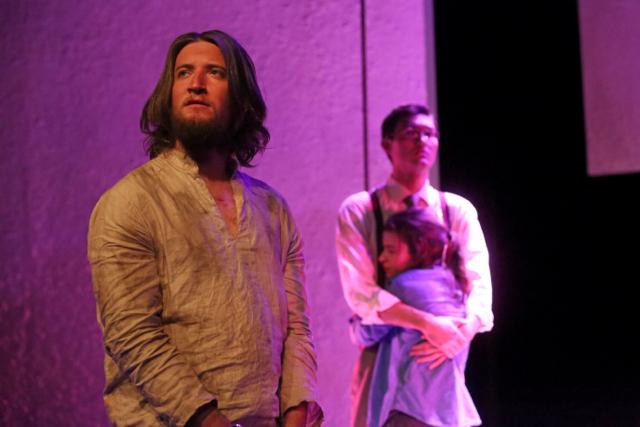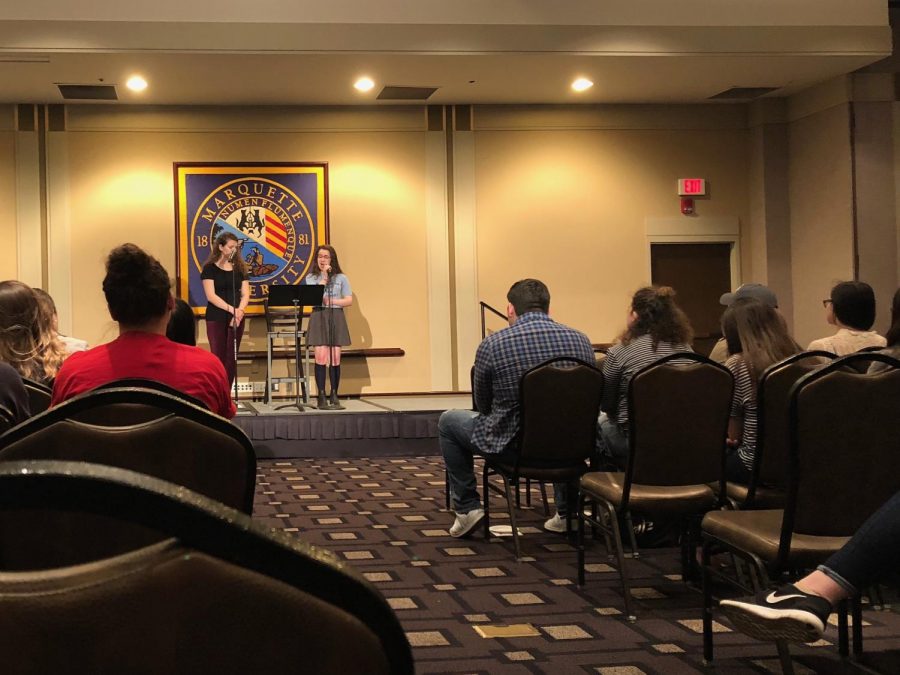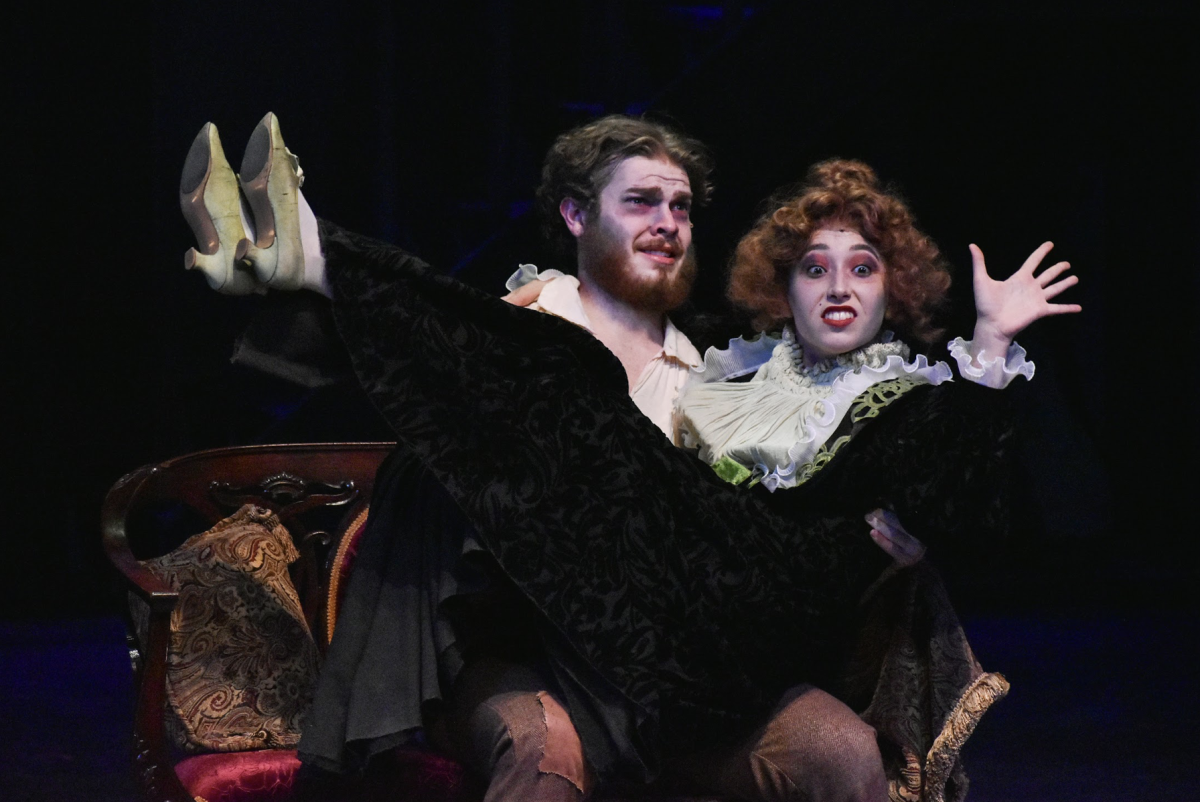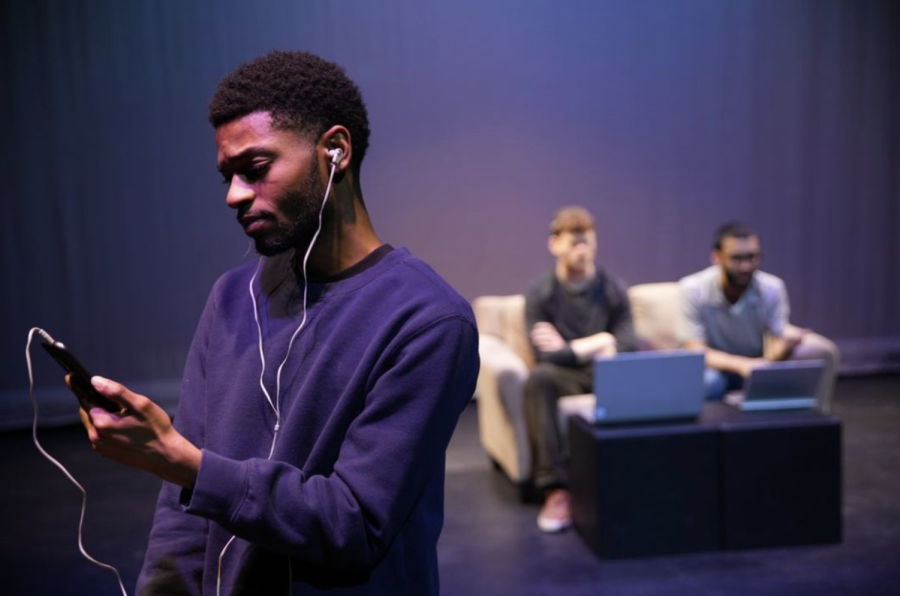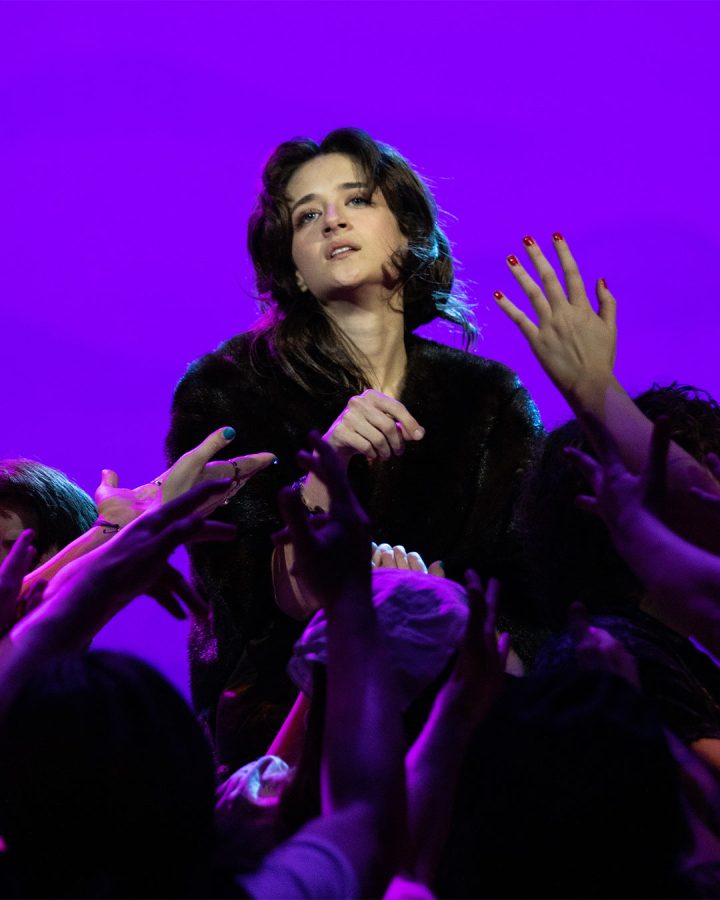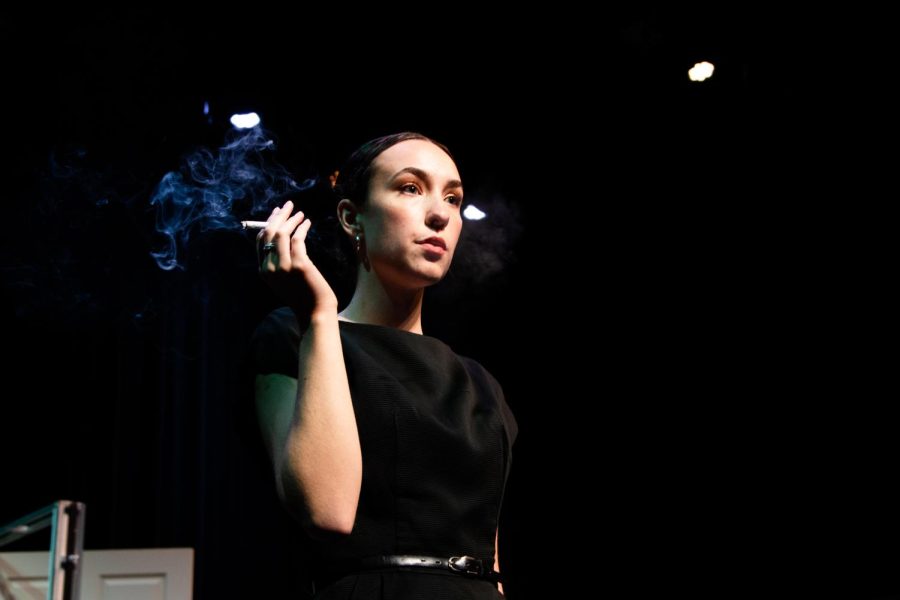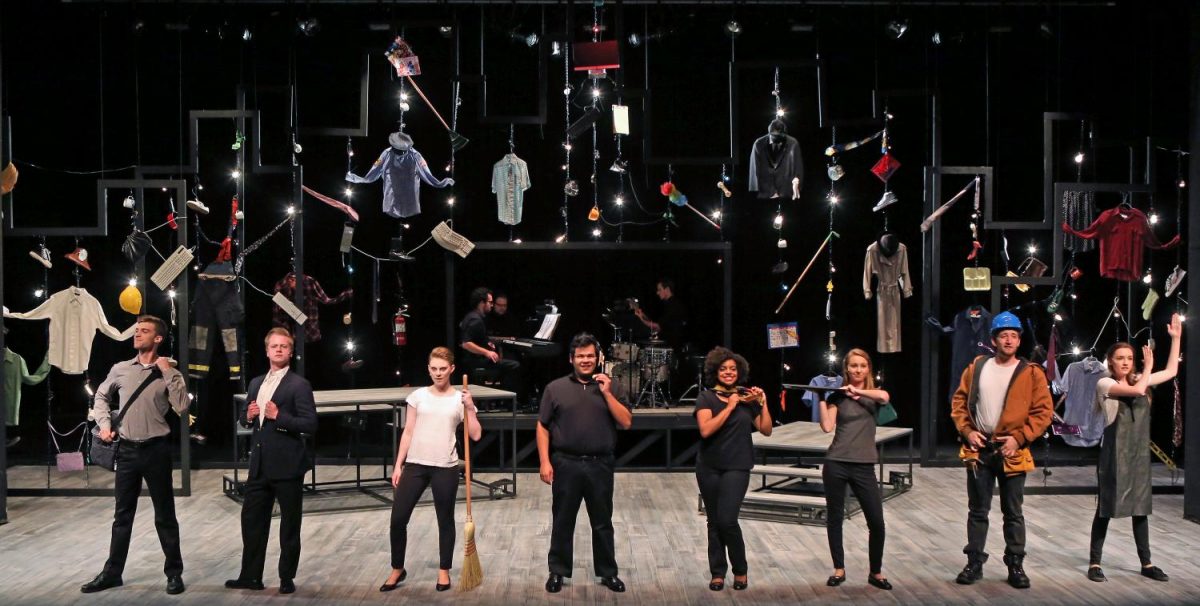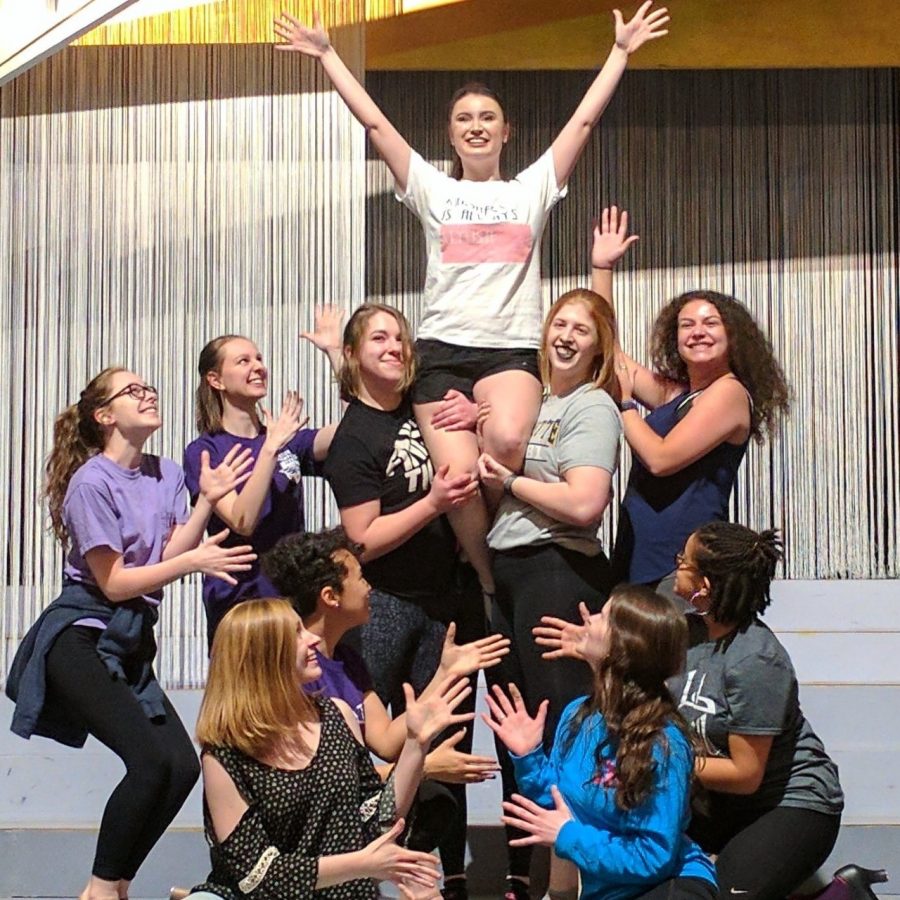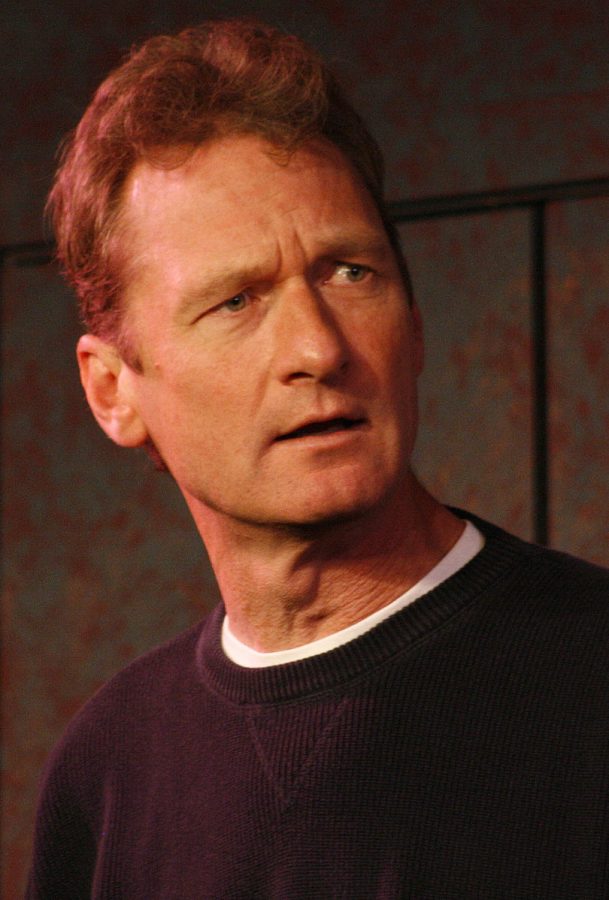“Two Rooms” came to Marquette at the peak of a heated political climate which has put the media in the spotlight. These same issues occurred, although somewhat differently, during the Lebanon hostage crisis from 1982 until 1992 when 55 Americans were held captive.
“Two Rooms” takes on the story of one man who was held hostage, and his wife, who was thousands of miles away. As she waits for news of her husband’s return from Lebanon, the media constantly pry her about how she feels regarding her husband’s situation.
The small cast, only four people in total, made for an intimate atmosphere that allowed the audience to closely connect over the course of two hours. Michael Nicholas and Madeleine Farley played Michael and Lainie Wells, the couple who is the main focus of the show. The two actors commanded the room with ease. It was not long before the audience felt emotions for the estranged couple.
Playing dramatics is a difficult task, but it is even harder portraying feelings of agony and distress. Nicholas and Farley were able to do so masterfully.
The two other characters in “Two Rooms” could be seen as supporting roles by some, but were too important to be labelled as such.
Michael Young played Walker Harris, the reporter pushing Lainie to go against the government and use the media to aid in Michael’s return. Rene Leech played Ellen Van Oss, the government official giving Lainie the little information she receives on Michael’s status.
The two characters strongly believe that they are doing the right things: Walker using human emotion to help Michael get home and Ellen wanting the government to be in full control of the situation at all times. It was obvious that Harris and Leech delved into their characters deeply. Every decision these characters made affected someone’s life.
The most interesting thing done throughout “Two Rooms” was the display of pictures when characters discussed certain events. It is hard to digest some things happening in other countries by listening, but seeing them with our own eyes provides a clearer picture.
When talking about the people that died from being held hostage in other countries by terrorist groups, pictures of the deceased were shown. Also, to accurately display the area where Michael was taken hostage, pictures were shown of car bombings and children holding guns.
The use of pictures was a perfect addition to the production. Even though it was so simple, it gave the audience something to relish in when words were not enough.
Some may say this play is about how the media and government affect our lives in large ways, but that active citizens usually don’t notice it. However, “Two Rooms” is so much more than that.
The show is about raw, human emotion. It’s about how life seems pointless when the next day is so uncertain. It’s about how searching for meaning is the last thing one wants to do when living in a world of distress.
“Two Rooms” came to the stage for the first time in 1989, and it’s disheartening how relevant the scenes are currently. This show allows audience members not only to understand the anxiety of Lebanon hostage crisis victims in a powerful way, but to witness how the hope for optimism has yet to have its breakthrough.

